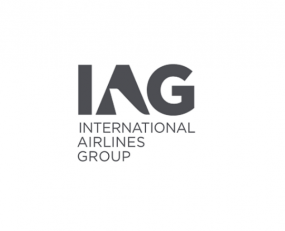
The savagery of the impact of the COVID-19 crisis on the airline sector is illustrated by the results of the International Airlines Group (IAG) published in late February. Prior to 2020, IAG was one of the strongest airlines, both financially but also in terms of its market position. However, its 2020 numbers were horrible, with an operating loss of €7.4bn compared to 2019’s profit of €765m and an exceptional charge in 2020 of €3bn.
This was hardly surprising in the light of a 75% fall in passenger numbers.
The one shaft of light was the performance of its cargo division. IAG Cargo has traditionally been somewhat of an orphan at IAG. It does not produce independent results but judging by what it does publish it is a small part of the group’s sales. In 2020, however, its revenue “increased by almost €200m to €1.3bn”. In the fourth quarter revenue increased by 36.6% year-on-year.
The head of the business, Lynne Embleton, commented, “without a freighter fleet” IAG Cargo “adapted our operations and quickly established a comprehensive network of scheduled cargo-only flying using the group’s passenger aircraft. We identified markets most in need of air cargo supply, where the demand could support the yields required to cover the costs of cargo-only-services.” Unsurprisingly IAG also cites the growth of its temperature ‘cold chain’ capability which “performed particularly well with revenue increasing by more than 10% on 2019”.
Essentially, IAG attempted to turn part of its passenger focussed airline into cargo airline by operating “over 1,000 charters and removed the seats from five-passenger aircraft”. In 2020, it operated 4,003 cargo-only flights.
This experience is common to many of the larger airlines.
With companies such as CMA-CGM leasing in their own fleets and passenger aircraft being converted into freighters the airfreight market has changed substantially. In part, this is an attempt to compensate for the shortage of belly-freight and many of the conversions are temporary, with the aircraft capable of being rapidly converted back into passenger aircraft at quite short notice. However, what the impact of all of this new freighter capacity will be on the airfreight market is unclear. Depending on the speed of return of passenger traffic, it is possible that there will be an overhang of capacity in the medium-term, or possibly more likely, higher volatility in the market as demand and capacity attempt to establish a degree of equilibrium.
Source: Transport Intelligence, March 2, 2021
Author: Thomas Cullen